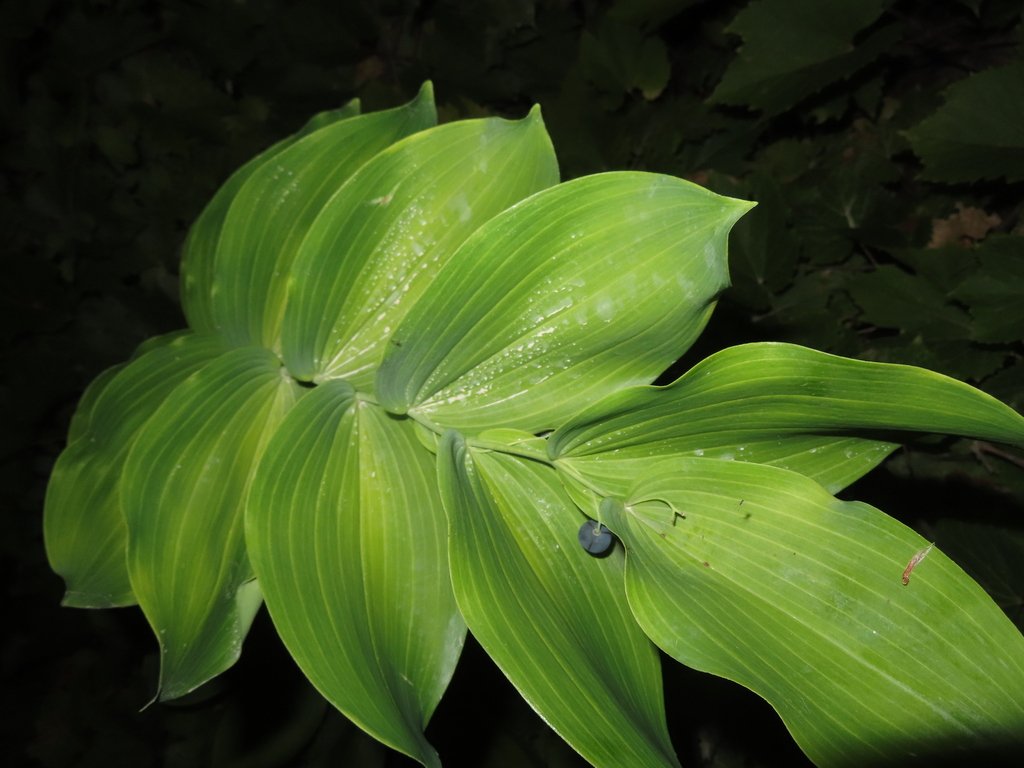 Image 1 of
Image 1 of


Soloman's Seal
Solomon’s seal (Polygonatum spp.) is a woodland plant known for its attractive shape. Various species’ rhizomes have been used for medicine, ground into a type of bread, or the young shoots have been eaten like asparagus. There are about 60 species in this group, but only a few are commonly grown as ornamental plants in the US, including native and exotic types. The plant features long, upright to arching stems with alternate leaves that zigzag up the stalks. Most species have solid green leaves, while some are variegated. In autumn, the leaves change to lemon yellow or brown, and the stems die back in winter.
Solomon’s seal (Polygonatum spp.) is a woodland plant known for its attractive shape. Various species’ rhizomes have been used for medicine, ground into a type of bread, or the young shoots have been eaten like asparagus. There are about 60 species in this group, but only a few are commonly grown as ornamental plants in the US, including native and exotic types. The plant features long, upright to arching stems with alternate leaves that zigzag up the stalks. Most species have solid green leaves, while some are variegated. In autumn, the leaves change to lemon yellow or brown, and the stems die back in winter.
Solomon’s seal (Polygonatum spp.) is a woodland plant known for its attractive shape. Various species’ rhizomes have been used for medicine, ground into a type of bread, or the young shoots have been eaten like asparagus. There are about 60 species in this group, but only a few are commonly grown as ornamental plants in the US, including native and exotic types. The plant features long, upright to arching stems with alternate leaves that zigzag up the stalks. Most species have solid green leaves, while some are variegated. In autumn, the leaves change to lemon yellow or brown, and the stems die back in winter.
